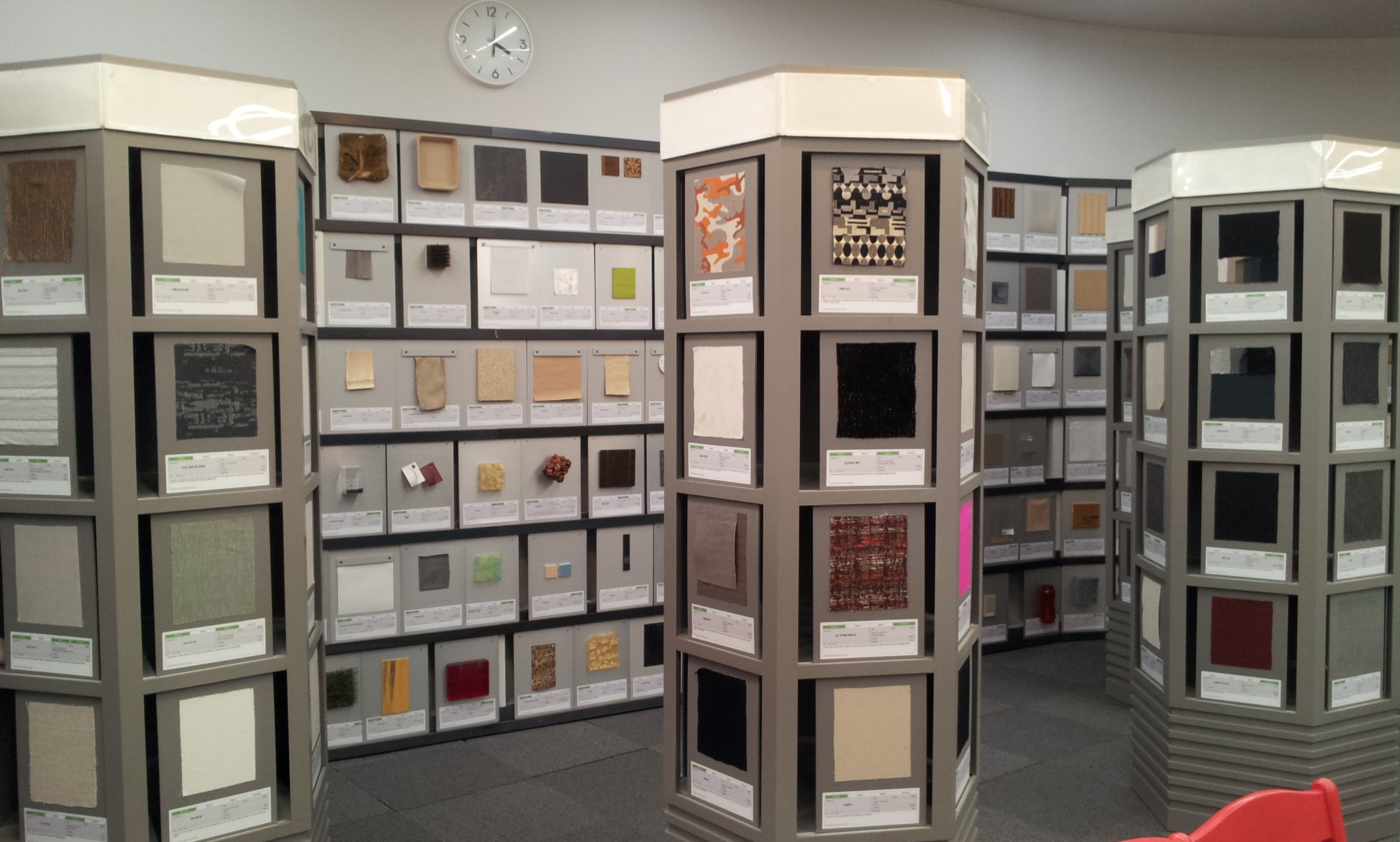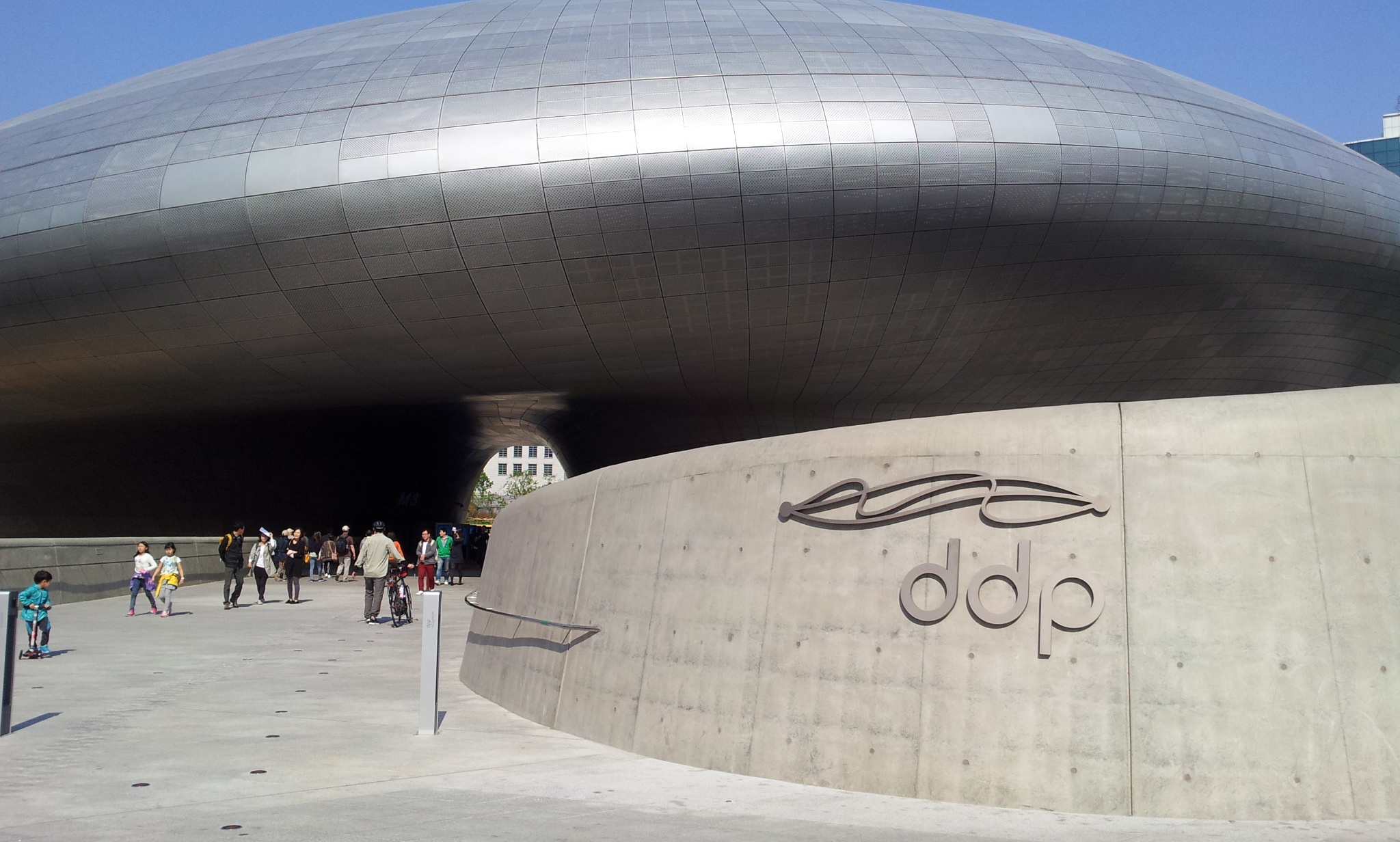


Materials matter. Designers use biological materials to solve trade-off problems (e.g., strong and light-weighted chair). Consumers buy transparent products. When students join the Master of Product Design and Development program in the Segal Design Institute, Northwestern University, they should take Materials Selection course in the beginning before learning about accounting, negotiation, strategy, decision making, and market research.
In the DDP, Seoul Korea, I met a section dedicated for materials. I saw the same section when I visited TCDC, Thailand Creativity and Design Center. I expect the material section enable general public to develop the knowledge about and the taste of different materials so that they think more creatively.



DDP (Dongdaemun Design Park plaza), designed by Zaha Hadid, is an extremely controversial architecture in Seoul, Korea. Some argue that it is neither functional inside nor goes well with neighbors; they view it as a dead space next to a naturally dynamic communities. Others, however, argue that this building cannot be judged by the contemporary perspective; they believe it become the landmark of the city in the future, just as Eiffel Tower.
Here is the introduction on the Zaha Hadid’s website:
“The DDP has been designed as a cultural hub at the centre of Dongdaemun, an historic district of Seoul that is now renowned for its 24-hour shopping and cafes. DDP is a place for people of all ages; a catalyst for the instigation and exchange of ideas and for new technologies and media to be explored. The variety of public spaces within DDP include Art/Exhibition Halls, Conference Hall, Design Museum/Exhibition Hall/Pathway, Design Labs & Academy Hall, Media Centre, Seminar Rooms and Designers Lounge, Design Market open 24 hours a day; enabling DDP to present the widest diversity of exhibitions and events that feed the cultural vitality of the city.”
For now, a wide variety of shops run their own businesses in the building. They sell design products and books. It is worth a visit.
Jaewoo Joo | design thinking, behavioral economics, customer experience





